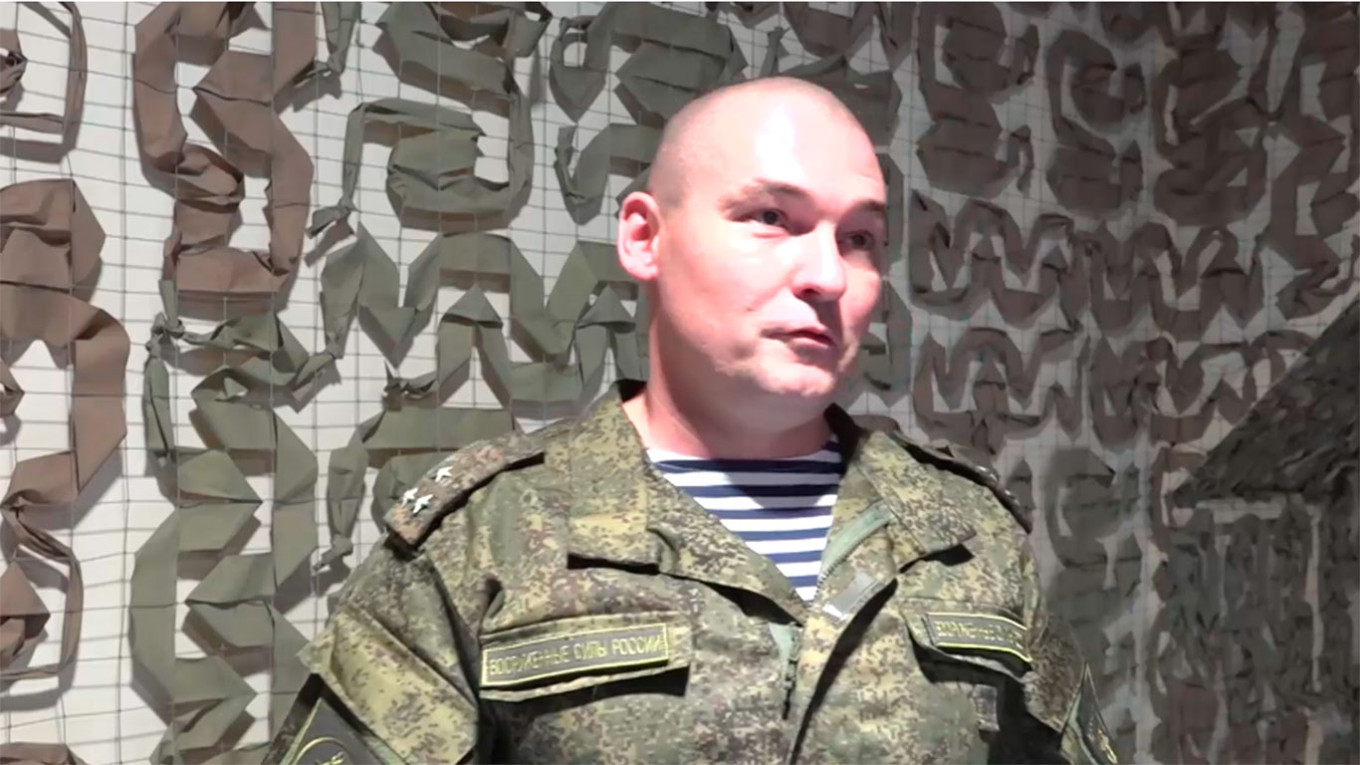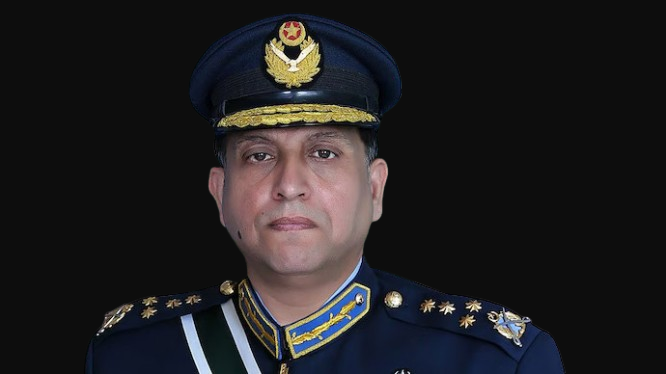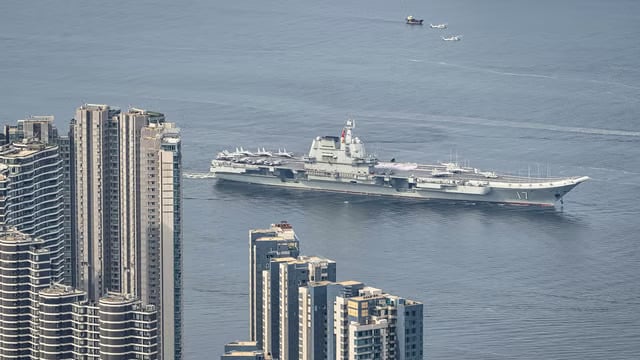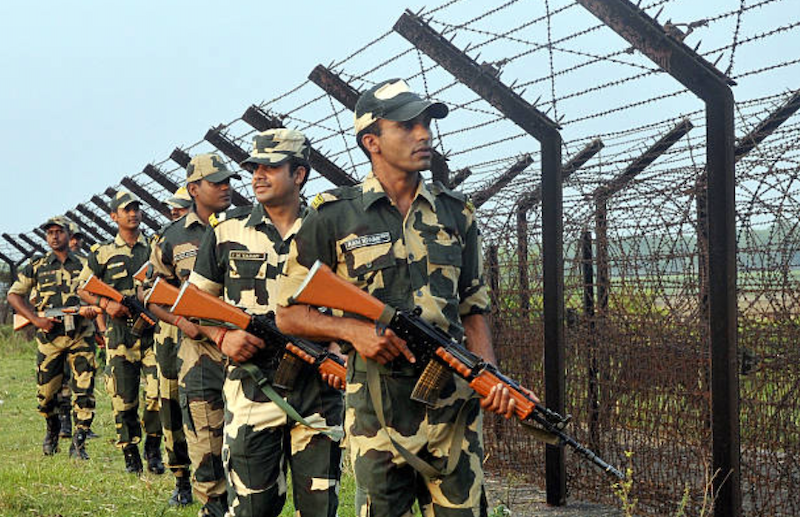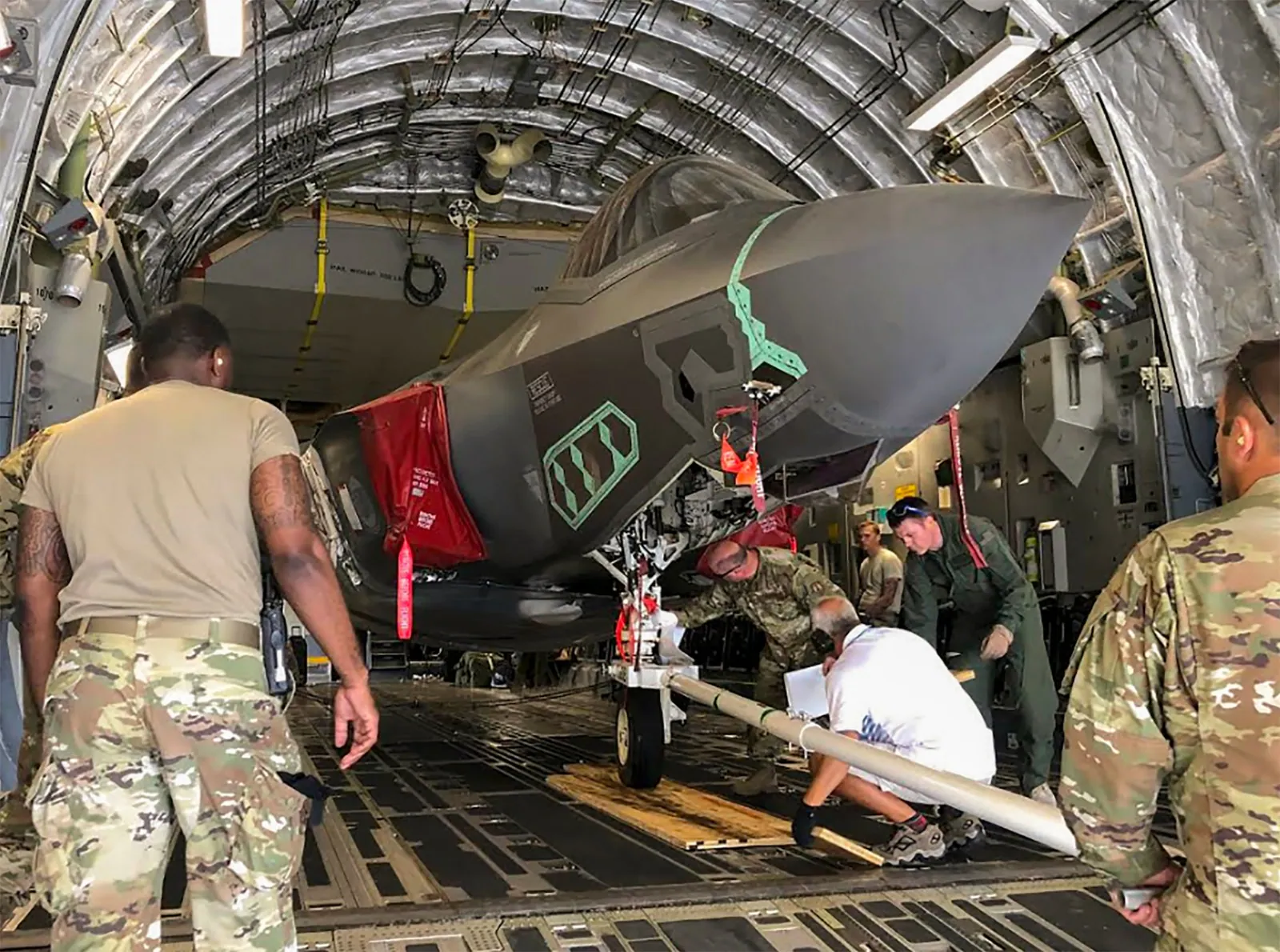Russian Navy Deputy Chief Mikhail Gudkov Killed in Ukrainian Strike on Kursk Command Post
Major General Mikhail Gudkov, the Deputy Chief of the Russian Navy and a prominent brigade commander, was killed in a…
Pakistan Air Force Chief Makes First Official US Visit in Over a Decade
In a major step toward reviving and deepening military ties between Pakistan and the United States, Pakistan Air Force (PAF)…
China Sends Aircraft Carrier Shandong and Warships to Hong Kong in Show of Naval Power
In a marked demonstration of its expanding naval reach, China’s People’s Liberation Army Navy (PLAN) deployed its aircraft carrier Shandong…
Army Training Command to Adopt 33 Niche Technologies by 2030, Says Lt Gen Devendra Sharma
The Army Training Command (ARTRAC) will adopt 33 niche technologies by 2030 as part of its ongoing effort to modernize…
Bangladeshi Smugglers Attack BSF Patrol in West Bengal, One Shot Dead
A violent confrontation erupted along the India-Bangladesh border when a group of Bangladeshi smugglers attacked a Border Security Force (BSF)…
UK to Airlift Stranded F-35B from Kerala on C-17 Globemaster
The United Kingdom is preparing a rare airlift of its F-35B stealth fighter jet from Kerala’s Thiruvananthapuram International Airport after…

